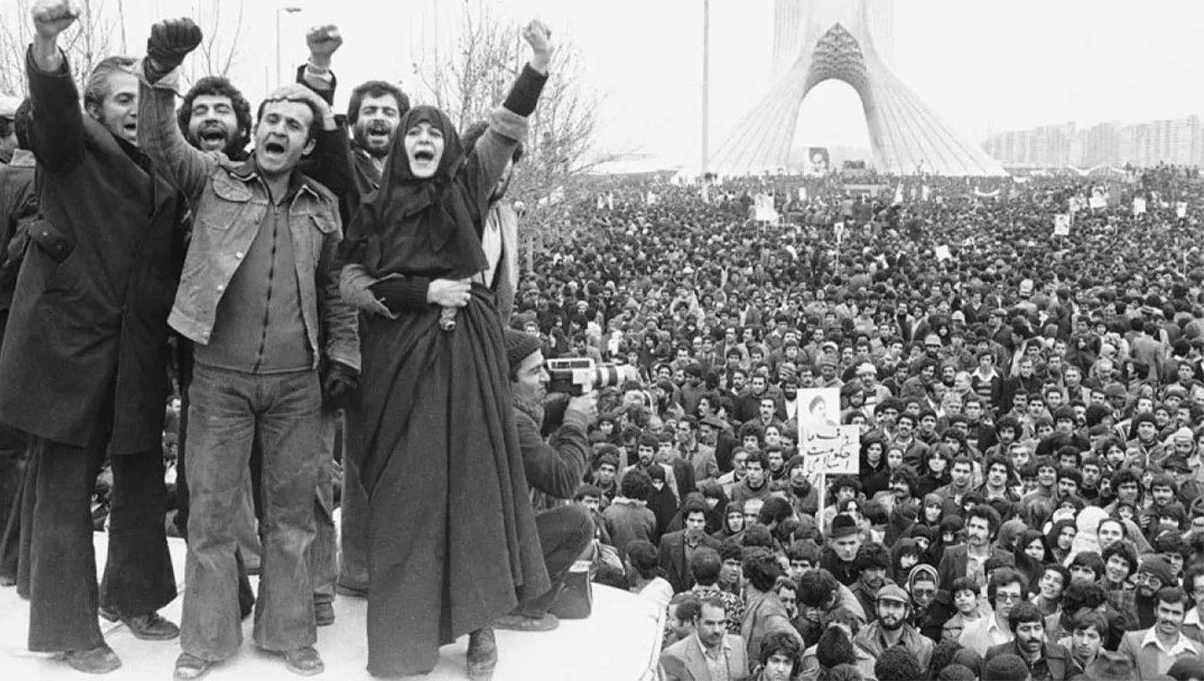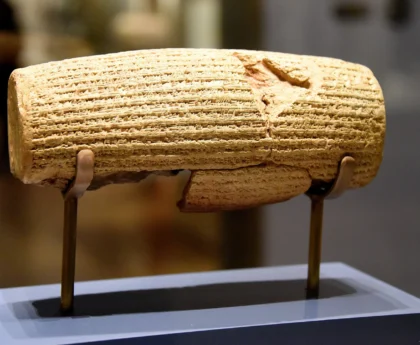On March 8, 1979, Iranian women’s celebrations of International Women’s Day turned into protests against the Ayatollah Khomeini who was only a few weeks away from taking power. Tens of thousands of brave Iranian women rallied together in the streets of Tehran just after the Shah was ousted. Khomeini vowed to impose a mandatory hijab law as well as restrict the rights and freedom of women.
On March 8, 1979, Iranian women’s celebrations of International Women’s Day turned into protests against the Ayatollah Khomeini who was only a few weeks away from taking power. Tens of thousands of brave Iranian women rallied together in the streets of Tehran just after the Shah was ousted. Khomeini vowed to impose a mandatory hijab law as well as restrict the rights and freedom of women.
That same morning, a large group of women pushed open the doors of a packed auditorium at Tehran University and interrupted the commemoration. The women told the auditorium about the verbal and physical attacks they’d faced on the streets from pro-regime thugs. On the streets, women were attacked by counter-protestors, who assaulted them with knives, stones, bricks and broken glass.
There were a few feminists from other countries that marched alongside the Iranian women to show solidarity. Kate Millett, who’d accepted an invitation from student activists, marched with women in Tehran. The International Committee for Women’s Rights, chaired by feminist philosopher Simone de Beauvoir, sent a delegation in solidarity. And the militant French feminist group, Psychoanalysis and Politics, marched on the streets and documented what they saw. A few days after the start of the
protests they believed that they were making progress as high-ranking theologian Ayatollah Taleghani retracted Khomeini’s statements. And with that apparent victory, the women’s mobilization — the first massive, collective resistance against the Islamic Republic — started to fizzle out.
By 1981, it became compulsory for all women in Iran above the age of 9 to wear the veil. Other changes also followed: gender segregation in the workplace, schools, beaches and sporting events. And a slew of new laws governing divorce, child custody, inheritance, citizenship and retribution, all tipping the scales against women.





